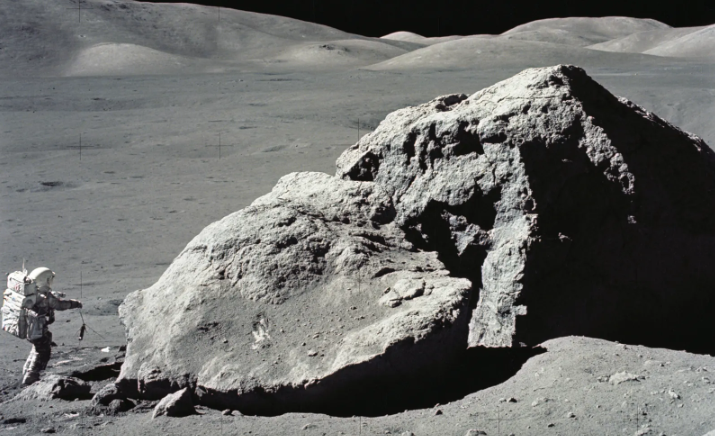The moon is a pretty sight from Earth. However, when you see close-ups of its surface, you realize that what looked smooth is very rugged terrain. A 2020 study estimated close to 140,000 craters. The recent Odysseus mission ended early when it landed sideways, likely because it “tripped” over a rock while setting down.
When President John F. Kennedy announced that the USA would send a man to the moon, people were excited. What a fantastic goal! It beat every other exotic holiday destination one could imagine.
From that starting point, the future looked very bright. Technical teams overcame thousands of challenges to put people on the pointy end of an explosive device and aim it at the moon.
So far so good. But as the goal came into view, Neil Armstrong saw a new problem.
“Apollo 11 would absolutely have crashed and been destroyed if it had landed on the spot it originally came down on,” said Greg Autry, director of space leadership at Arizona State University. “Neil (Armstrong) was literally looking out the window. He maneuvered the lander over a boulder field and a big crater and found a safe spot to land with just barely enough fuel left.”
Every change is a moon landing. What might look like a grand idea at the outset reveals ugly bumps and barriers as we approach. It’s difficult to see the surface detail from a distance. Forging new ground means there are few maps and they tend to be hand-drawn educated guesses.
This raises several important insights:
1. Expect surprises right up until the change is in place.
Process maps with precisely described steps look wonderful on paper. When put into practice we learn how things really work. there are variations and exceptions
When you know a change will likely yield surprises, you can mentally prepare. You remain alert and aim for resilience. That helps with flexibility and response time. Tell your stakeholders that while you have planned for great success, they should expect adjustments on your final approach to avoid hazards as they become visible. Accompany that with a commitment to keep them informed all along the way. Plan for rapid, regular communication.
2. Be prepared to change the landing zone.
If the boulders and craters are too big, consider landing somewhere else that allows for a softer landing. People recover better from an unplanned but safe landing versus a crash. Crashes kill credibility. They demotivate, making it hard to bounce forward.
3. You need a skilled leader/pilot.
Getting people to follow changes in direction requires credibility. Highlighting a leader’s experience solidifies faith in their ability to overcome obstacles. Great leaders remain highly visible during change. They lead from the front, looking out the window for potential problems, helping to maneuver around them.
Landing on the moon is an incredible achievement (even sideways!). So is the implementation of change. Plan for success, but also prepare for resilience right up to the last minute.



